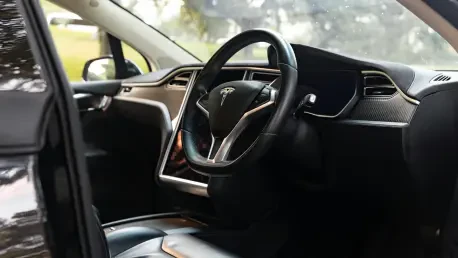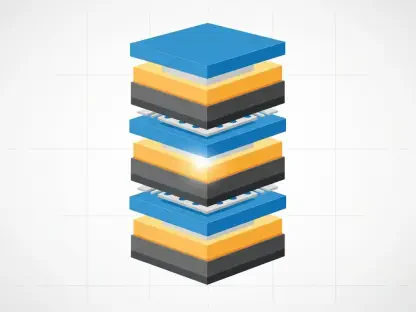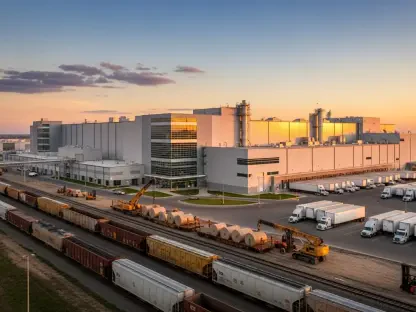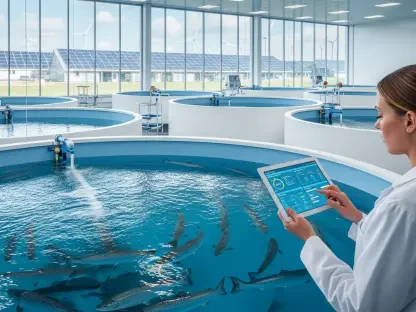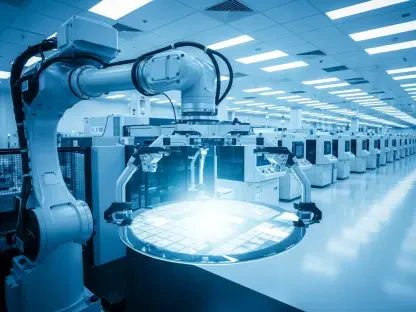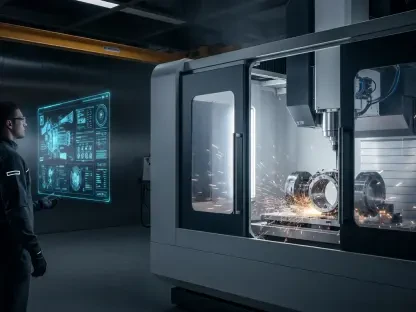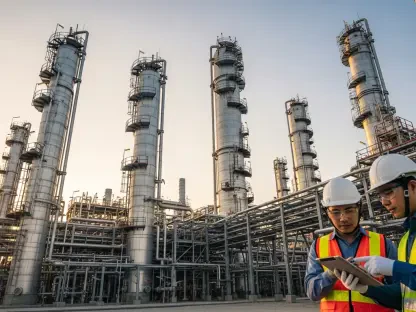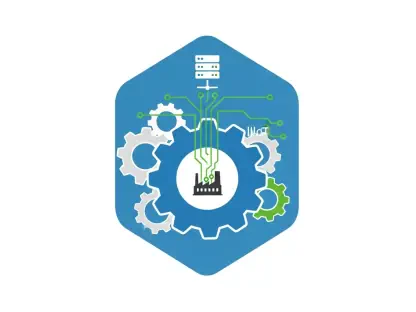Tesla Inc. has taken a groundbreaking step in reshaping urban transportation by rolling out its much-anticipated ride-hailing service in select areas of Austin, Texas, and California. Under the visionary guidance of Elon Musk, this initiative marks a significant milestone in the company’s mission to pioneer autonomous mobility. Launched in a limited capacity through Tesla’s app, the service builds on years of development with its Full Self-Driving (FSD) technology, aiming to redefine how people navigate cities. Initially tested internally in the San Francisco Bay Area, this public debut signals Tesla’s readiness to compete in the ride-hailing market while tackling the complexities of regulatory landscapes. With plans to expand access by the end of the current year, subject to approvals, this move comes on the heels of strong financial performance and growing investor confidence in Tesla’s technological advancements. The implications of this launch extend beyond mere transportation, hinting at a future where driverless travel could become the norm.
Pioneering Autonomous Mobility with FSD Technology
Tesla’s ride-hailing service stands as a testament to the transformative potential of its Full Self-Driving technology, which Elon Musk has long touted as a safer alternative to human drivers. This system, refined through extensive internal testing, relies on sophisticated algorithms designed to handle complex urban environments. The limited rollout in Austin and California serves as a real-world proving ground, allowing Tesla to gather critical data on performance and user experience. While the service currently operates with a blend of human oversight and autonomous capabilities, the ultimate goal remains clear: fully driverless rides. Industry observers note that Tesla’s ability to integrate hardware and software in-house offers a unique advantage, potentially setting a new standard for safety and efficiency in the sector. However, the technology’s success hinges on continuous improvement and public trust, both of which are being tested in this initial phase of deployment across these key markets.
The journey to this point has not been without challenges, as Tesla has had to navigate a maze of technical hurdles to bring FSD to a consumer-ready state. Early testing in the San Francisco Bay Area revealed the intricacies of urban driving, from unpredictable pedestrian behavior to sudden road changes, all of which demanded rapid advancements in machine learning. Now, with a small user base accessing the service via Tesla’s app, the focus shifts to scaling operations while maintaining reliability. Reports suggest that Tesla is actively hiring talent to support market expansion, a clear sign of confidence in the technology’s trajectory. Yet, the road ahead requires not just innovation but also adaptation to diverse driving conditions across different regions. As Tesla refines its approach, the insights gained from Austin and California will likely shape the future of autonomous transportation, offering a glimpse into a world where vehicles operate with minimal human intervention.
Navigating Regulatory and Competitive Landscapes
One of the most significant barriers to Tesla’s ride-hailing ambitions lies in the regulatory environment, particularly in California, where strict oversight has slowed progress. The California Public Utilities Commission has imposed limitations, restricting the full use of autonomous features during the initial San Francisco rollout. Despite these constraints, Tesla has shown determination by submitting permit applications and making strategic adjustments to align with local rules. This persistence reflects a broader strategy to balance innovation with compliance, ensuring that safety concerns are addressed while pushing boundaries. Regulatory scrutiny is not unique to California, as Austin also presents its own set of challenges, though Tesla’s proactive engagement with authorities suggests a commitment to overcoming these obstacles. The outcome of these efforts could set precedents for how autonomous services are governed in other states.
Beyond regulations, Tesla faces intense competition from established players in the ride-hailing and autonomous vehicle markets, such as Uber Technologies Inc. and Alphabet Inc.’s Waymo. These companies bring years of operational experience and extensive networks, posing a formidable challenge to Tesla’s newcomer status. However, Tesla’s vertical integration—controlling both vehicle manufacturing and software development—provides a distinct edge that could disrupt the status quo. Analysts point out that while competitors have a head start, Tesla’s bold entry into this space represents a high-stakes gamble with the potential to redefine industry dynamics. Success here could pressure rivals to accelerate their own innovations, while any missteps might allow others to solidify their dominance. As Tesla carves out its niche, the interplay between competition and collaboration in this evolving market will be crucial to watch, especially as consumer preferences shift toward sustainable and autonomous solutions.
Financial Potential and Market Reactions
The financial implications of Tesla’s ride-hailing service are staggering, with market analysts projecting significant revenue streams even in its limited current form. Estimates suggest that widespread adoption could unlock trillions in value over time, provided Tesla navigates the hurdles of scaling operations and securing regulatory approvals. Investor sentiment has been notably positive, evidenced by a 21% surge in Tesla’s stock following early announcements of the service. However, this optimism is tempered by volatility, as uncertainties around timelines for full robotaxi deployment and permitting delays continue to loom large. For Tesla, the ride-hailing venture represents not just a new business line but a potential cornerstone of future growth, especially as electric vehicle adoption rises. Balancing these financial expectations with operational realities will be key to sustaining market confidence in the long term.
Public and industry reactions to Tesla’s latest move reveal a wide range of perspectives, from unbridled enthusiasm to measured skepticism. Social media platforms buzz with speculation about unsupervised FSD rides and ambitious nationwide rollouts, though many temper such excitement with reminders of regulatory constraints. Industry insiders stress the importance of tangible progress over speculative timelines, cautioning against overhyping the service’s immediate impact. This diversity of opinion highlights the high stakes involved, as Tesla’s initiative is seen by some as a pioneering AI project with the power to transform urban transit. Others, however, remain wary of the practical challenges in achieving such a vision. As Tesla continues to test the waters with this limited launch, the interplay of hope and caution among stakeholders underscores the broader uncertainty and potential of autonomous technology in reshaping how cities function.
Shaping the Future of Urban Transit
Looking ahead, Tesla’s vision for its ride-hailing service extends far beyond the current rollout in Austin and California, with plans to introduce affordable vehicle models and explore FSD licensing deals in international markets like China and Europe. Ambitious production goals for vehicles such as the Cybercab also loom on the horizon, though regulatory scrutiny remains a critical variable that could alter these timelines. For now, the service operates as a cautious hybrid of human-driven and autonomous rides, testing both public acceptance and operational feasibility. The data and feedback gathered during this phase will be instrumental in refining Tesla’s approach, potentially paving the way for broader deployment. If successful, this initiative could accelerate the mainstream adoption of self-driving technology, fundamentally altering the transportation landscape.
Reflecting on the journey so far, Tesla’s launch in these two key regions marks a defining moment in the pursuit of autonomous urban mobility. The interplay of cutting-edge FSD technology, persistent regulatory challenges, and fierce competition paints a complex picture of the road traveled. Financial projections and public reactions alike highlight the transformative potential and inherent risks of this endeavor. As Tesla charts its next steps, the focus shifts to actionable strategies—refining technology, securing approvals, and building consumer trust. These efforts promise to influence not just the company’s trajectory but also the broader evolution of how cities embrace driverless solutions. The lessons learned from this initial phase are poised to guide future innovations, offering a roadmap for navigating the intricate balance between ambition and practicality in redefining transit.
